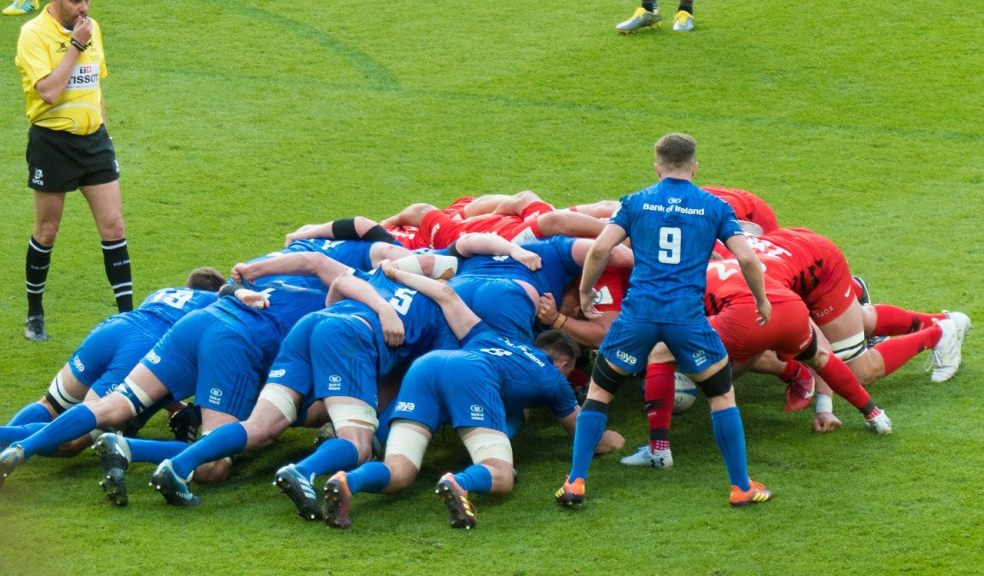
Concussion rates among professional rugby players
In 2001, clinical researchers Stephen W. Marshall and Richard J. Spencer brought attention to a largely ignored problem in sports medicine when their article “Concussion in Rugby: The Hidden Epidemic” appeared in the Journal of Athletic Training. Unfortunately, a full understanding of the concussion problem among rugby players continues to elude us over two decades later.
Although it should have kicked off a blitzkrieg of further study and examination, Marshall and Spencer’s groundbreaking study of high school rugby players did no such thing. While both scientific and public scrutiny of concussions in football has increased dramatically in recent years, the subject of concussions in rugby has failed to gain that kind of widespread attention.
This lack of scientific and public scrutiny has led to the birth of a handful of organisations that are making investigations of concussions in rugby a top priority. One of these organisations, the Drake Foundation launched in 2014 and continues to work to better understand and improve the health and welfare of individuals impacted by head injuries. Much of this nonprofit work revolves around head injuries in sport generally and concussions in rugby specifically. To support and further this work, it draws upon the research of organizations such as the Professional Rugby Injury Surveillance Project (PRISP).
In one of the most recent comprehensive studies on concussions among professional rugby players, PRISP reported that concussions were the most commonly reported match injury among the English Premiership Clubs and within the England Senior team during the 2016/2017 rugby season. In fact, rugby players reported a total of 169 concussions suffered during match play. This figure accounted for an alarming 22 percent of all match injuries reported during the 2016/2017 season.
In 2018, the British Journal of Sports Medicine echoed these findings in an article titled “On average, a professional rugby union player is more likely than not to sustain a concussion after 25 matches.” Authored by James Rafferty, Craig Ranson, Giles Oatley, Mohamed Mostafa, and Prabhat Mathema, this article detailed the results of a four-season cohort study of injuries among professional (club and international) rugby players. From 2012 to 2016, researchers tracked both the number and severity of concussion injuries in relation to non-concussive injuries.
While researchers found that the severity of rugby-related concussions remained unchanged over the course of the study, they uncovered a dramatic increase in the total number of concussions suffered by rugby players. “Playing more than 25 matches in the 2015/2016 season meant that sustaining concussion was more likely than not sustaining concussion,” the study’s researchers reported. “The 38% greater injury risk after concussive injury (compared with non-concussive injury) suggests return to play protocols warrant investigation.”
Another 2018 study by Complete Concussion Management specifically compares concussion rates among rugby players to the much more publicized concussion rates among football players. As reported in the rugby news and live coverage authority FloSports, Complete Concussion Management determined that men’s rugby players had a rate of 3 reported concussions among 1,000 players per game. This is the highest sports-related concussion rate for any group of athletes over the age of 18. Football, by contrast, had the second-highest sports-related concussion rate with 2.5 reported concussions per 1,000 players per game.
Given the well-documented frequency of this serious injury among rugby players, it is surprising that the concussion issue isn’t better understood by professionals in both the clinical and athletic arenas. Although there are a few dedicated organizations diligently tracking and reporting concussion rates in rugby, far more is needed when it comes to identifying and addressing this important issue.












